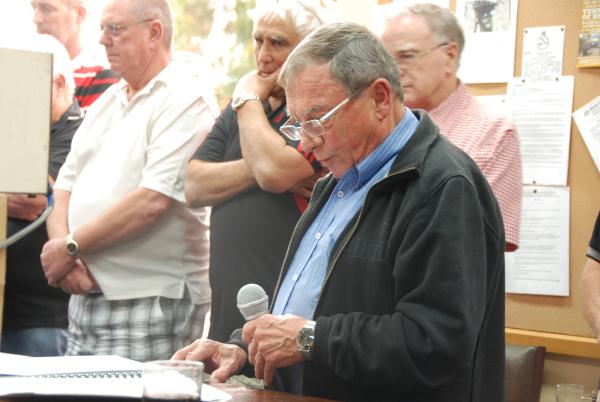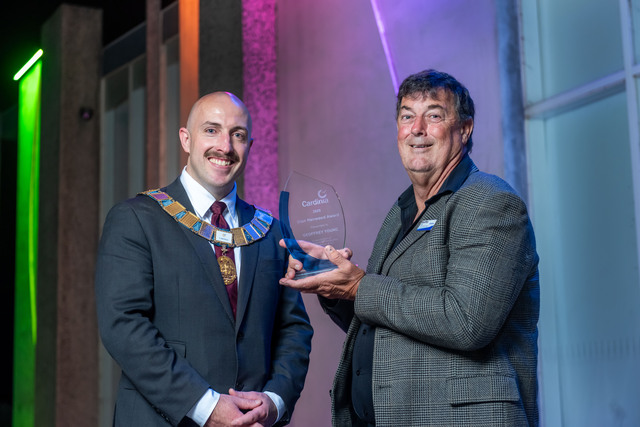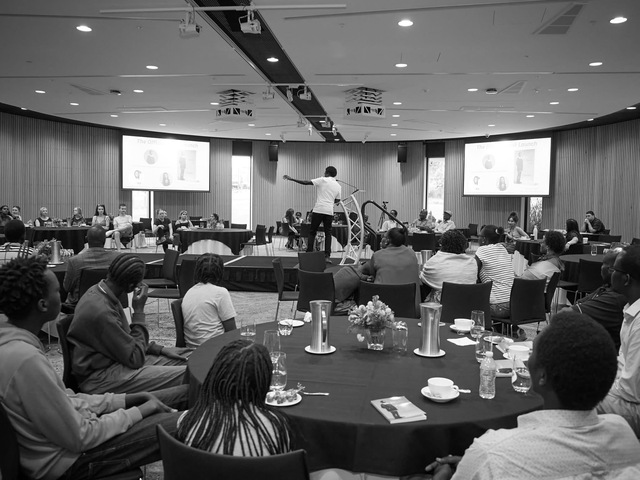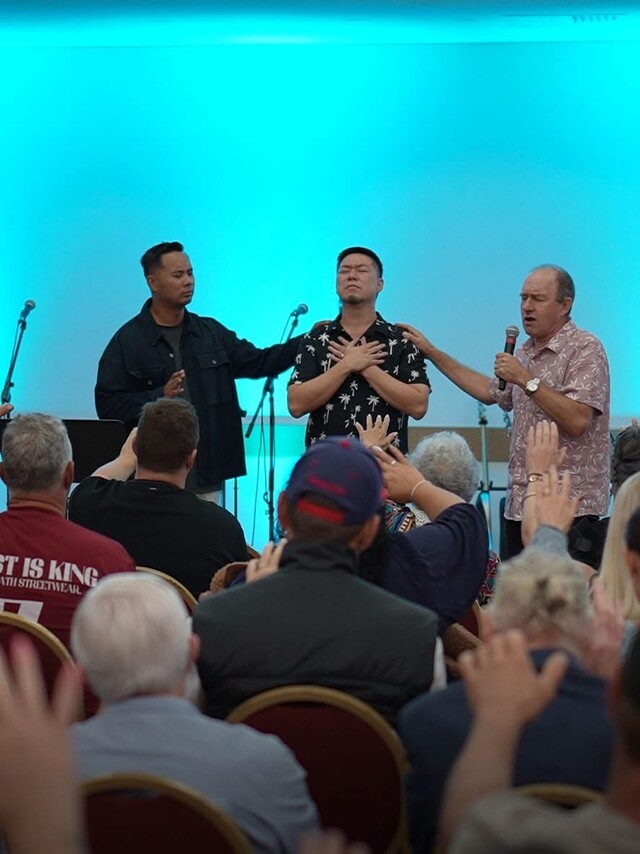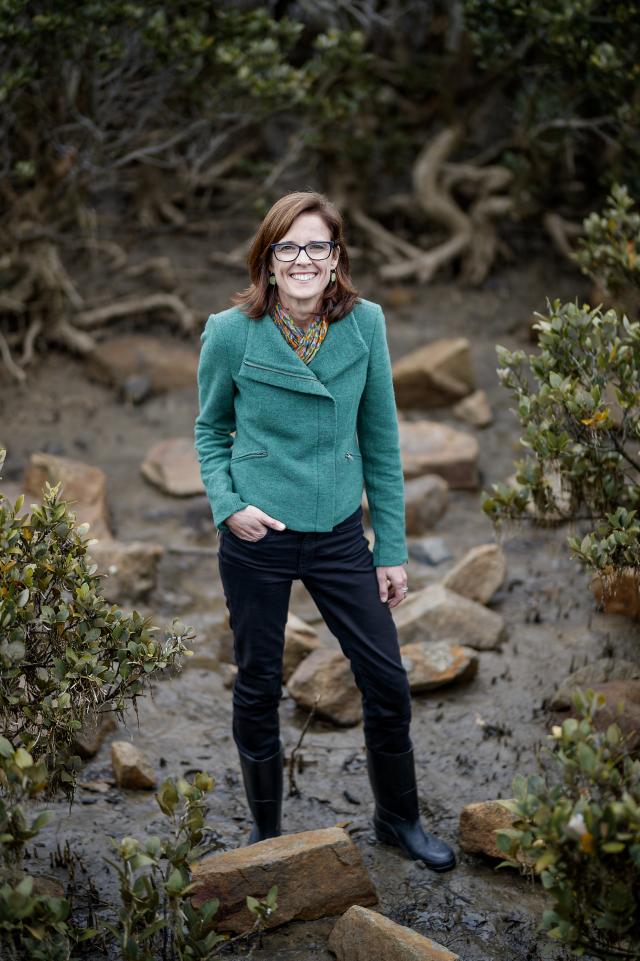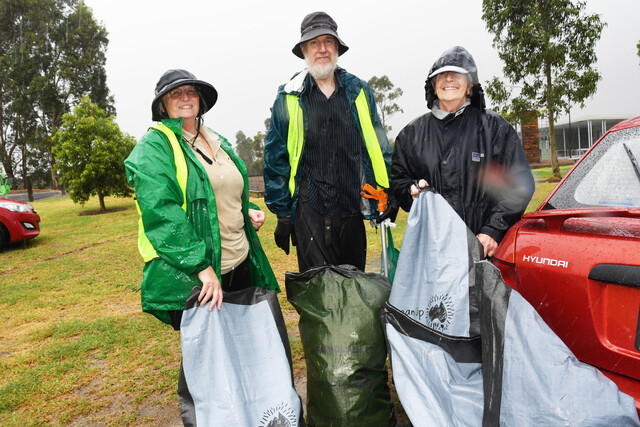By CASEY NEILL
WALLY Sosnowski arrived in Australia on Anzac Day in 1950.
The toddler was in the arms of his Polish parents, fleeing war-ravaged Germany to start a new life.
“They wouldn’t let us off the boat because everything was shut,” he said.
Mr Sosnowski’s mum was a displaced person who was taken from Poland to Germany to work in factories.
His father was at university when he got caught in the Warsaw uprising and sent to Germany.
“He taught himself English. He learnt German in school. He spoke about five different languages,” Mr Sosnowski said.
“When the Americans came through they seconded him into the army as an interpreter.”
He was processing displaced people.
“That’s how he met mum,” he said.
“They were trying to get over to America because while he was in the army he got to know a few of the Americans.
“They couldn’t get to America so they went down to Italy, caught the first boat that came along.
“It was going to Australia.”
Disembarking in his new home isn’t the only reason 25 April means so much to Ms Sosnowski, 67, from Springvale.
The Vietnam veteran was conscripted in 1967.
“I polish up the old medals and stuff and get ready to go into town,” he said.
“We march with our own unit.”
During his school days he planned to join the navy.
“Dad talked me into going back to school,” he said.
“So when I got called up I didn’t really mind.”
He completed basic training before being picked to go to the armoured corps, where he did driver and radio courses.
Soldiers who’d returned from Vietnam led jungle training at Canungra in Queensland.
“It was mainly to get you fit and also you were interactive with your fellow men,” Mr Sosnowski said.
“When we did the 20-mile route march and a lot of people were lagging behind, everyone else would have to turn around and go back.
“That was where the mateship began. If they didn’t help whoever was lagging behind, that means everybody would suffer.”
Mr Sosnowski was sent to Nui Dat as a reinforcement in 1968.
“When I went over there I didn’t know a soul, I didn’t know anybody,” he said.
“Being the first one over, all the blokes I’d gone through Canungra with and core training, they were all back in Australia.
“Our troops, there were three vehicles to a section, and there was a driver and crew commander on each.
“So the six of you virtually lived and ate and slept together.
“So you created a very close bond.
“We’d pool our rations. I’d lived on my own in Sydney before I went in so I could cook a bit, so that made me the chief cook!”
The Battle of Coral was second largest conflict of Australia’s Vietnam campaign and Mr Sosnowski was in the thick of it.
“The first time Coral got attacked, they overran some of the position and the artillery guys lost one of the guns,” he said.
“I was actually on radio duty in the command post back at Nui Dat. I got the call from the armoured corps blokes that were at Coral.
“I had to run around like a headless chook trying to find the commanding officer at Nui Dat.
“The next day they said ‘Pack up, we’re going up to Coral’.”
Mr Sosnowski was driving the command vehicle.
“Which was a lot bigger than the others … because they had all the radios in there,” he said.
“It had six antennas on it. The only thing missing was a target on the side of it.
“I found out later on we got shot.
“When we got to Coral we had a look at sure enough, there were some bullet holes on the side of the carrier.”
Mr Sosnowski’s unit came under attack as they slept that night.
“The mortars started coming in and one landed, it would have been 10 to 15 feet in front of us,” he said.
It struck and destroyed a recovery truck, used for vehicle repairs.
“That was about three o’clock in the morning,” he said.
“I got covered in dirt and I thought I was a goner.
“We learned how to pray again pretty quickly.”
He was involved in a few other “skirmishes”.
“But you forget about a lot of those times – or you try to,” he said.
“You remember the good times but try to forget the bad ones.”

